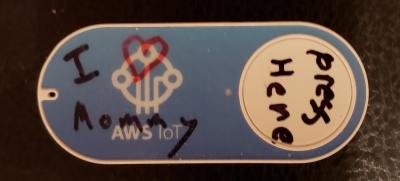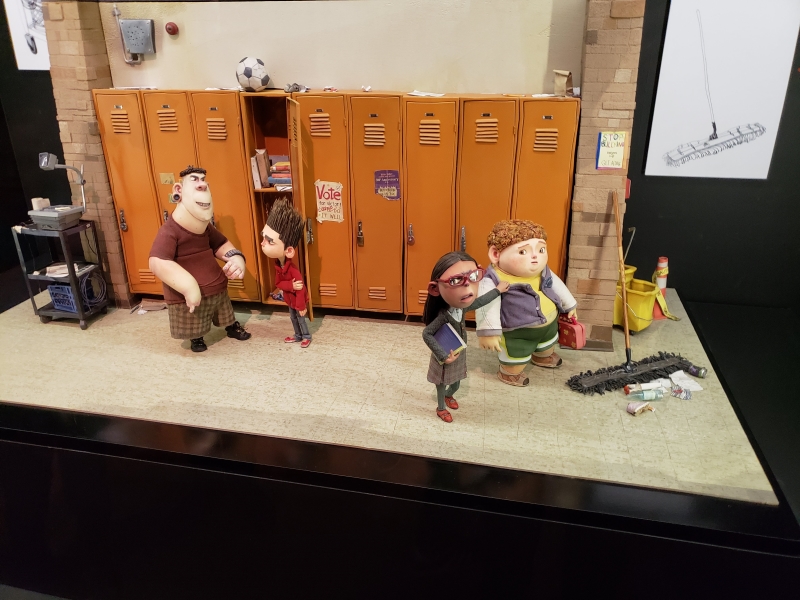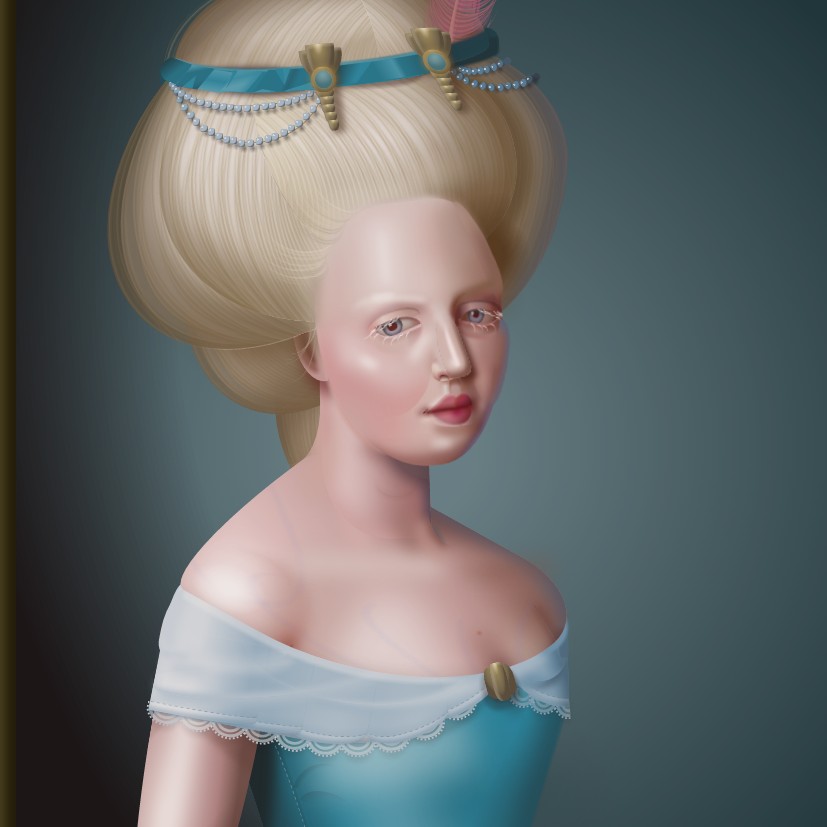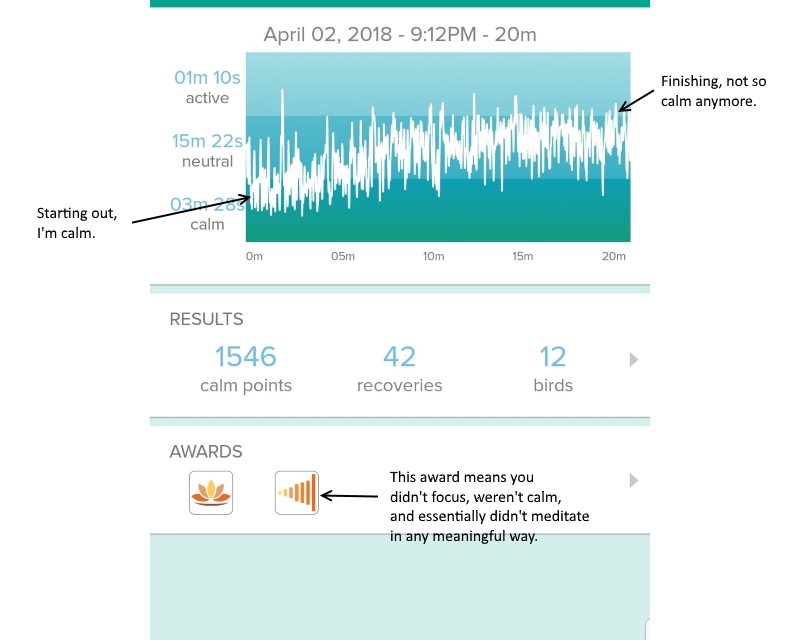Leadership Technology
Does this Technology Require Discretionary Effort to Get Anything Useful Done?
Posted on .Discretionary effort is critical to business success. You need enthusiasm, time, and energy from dedicated employees to make your team or your product a winner.
Knowing how your team spends discretionary effort is important. For this reason, you should ask the question in the title of this post. Ask it before the outset of any significant effort or the adoption of new tech.
There are a lot of reasons why people choose technologies. Carefully guiding selection is an important part of the technology leader's job description. Managing and directing discretionary effort should be part of that calculation.
So, why do people choose different technologies?
This technology is a good fit and here's why ....
Sounds lovely doesn't it? Technology is chosen to meet the needs of the project. Nothing more, nothing less.
Our team already knows this technology.
This can be an excellent reason. Efficient, lots of knowns, starting with some pre-baked design work - very good.
We already know this other technology that looks a lot like the one we're choosing.
This can also be a perfectly acceptable reason to choose technology.
We like where this technology is headed and we believe it will help us meet our future needs.
A little bit riskier - when will the future arrive?
This technology is neat.
Neat is fine. As long as it is also good fit and we can get things done.
This technology is new.
See also, Neat. Beware of the following Trojan horse: everyone will be doing it in 5 years, so if we want to be able to hire people we better choose it.
Here's the trouble with new and neat technologies. You don't know them and you have to learn them.
Will this require discretionary effort on this project? Who is paying for it?
As I said above, discretionary effort is important. Nothing of significant value gets done without it. There are late nights for someone somewhere if this (or any) project is going to be successful.
The trouble with new and neat is that they can use up all the discretionary effort that people have to give.
When this happens, it's bad.
Especially if the value of a product doesn't reside in the new and neat technology that was chosen. If the value is in the logic or time-to-market or ease of use or anything else, then spending discretionary effort learning a new technology is ...
You decide.
I wouldn't necessarily call it wasted effort as it probably benefits those learning it.
But it isn't high business value in the short-to-medium term. It's a long term investment. It may be that the investment is in people or infrastructure that benefit the product or project or business you are building.
Should you make that investment?





